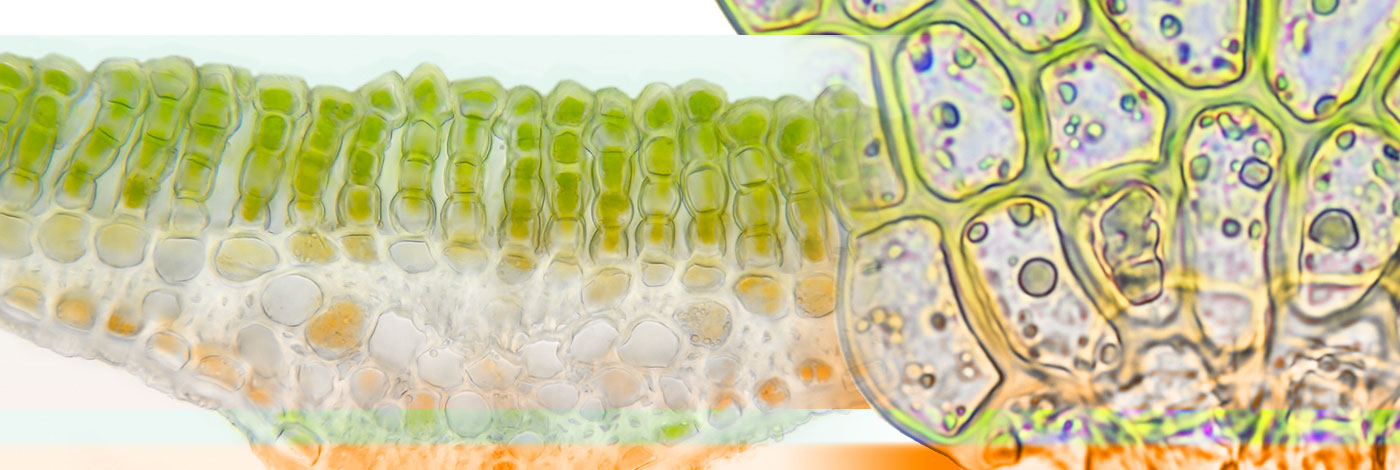
 Cryptogamie, Bryologie
30 (1) - Pages 143-155
Cryptogamie, Bryologie
30 (1) - Pages 143-155The concentrations of numerous elements (Al, As, Cd, Cr, Cu, Hg, Mn, Ni, Pb, V, Zn) have been measured by ICP-MS and AAS in mosses of various sites from Mt. Etna and Iblei Mountains, in order to assess metal accumulation levels in regards to different anthropogenic disturbances and volcanic activity. All surveys have been performed by using Hypnum cupressiforme and Scleropodium cespitans; the latter species was used to compare its bioaccumulation capacity with H. cupressiforme, a species that has been extensively used all over Europe to biomonitor heavy metal levels. The concentrations of the same elements were also determined in soil samples collected at the same sites as the mosses to evaluate the role of soil composition as a potential source of metals uptake by mosses. Significant differences in heavy metal concentrations in both mosses species were found across the different sites. The levels found at the pristine sites for all the analyzed elements but Cr were always lower than those affected by anthropogenic sources. Also the varying anthropogenic sources influenced the heavy metal content of both mosses. A close relationship between mosses and soils was found for the following elements: As, Cu, Hg, Mn and Zn, an indication of the influence of re-suspension of soil particulates on the concentrations of these elements in both moss species. Hypnum cupressiforme and Scleropodium cespitans performed almost equally as heavy metal biomonitors since no statistical differences were found for the heavy metal concentrations of both mosses, and no site*moss interactions were recorded. However, S. cespitans was slightly less influenced by soil sources than H. cupressiforme in regards to As, Cu, Hg, Mn and Zn tissue concentrations. Therefore, this study corroborates previous findings on the usefulness of mosses as biomonitors of heavy metals, and highlights the potential use of an additional moss species, S. cespitans.